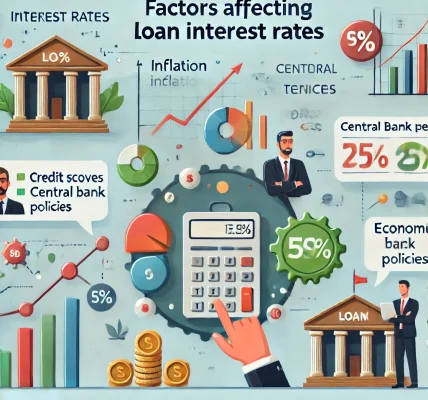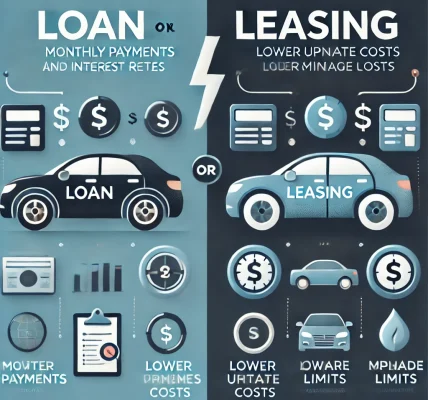Choosing the right loan policy is crucial to ensuring that you get the best financial deal without unnecessary burdens. With various loan options available, it’s essential to compare policies carefully. Here’s a step-by-step guide to help you pick the best loan policy for your needs.
1. Determine Your Loan Purpose
Before applying for a loan, define your purpose. Different types of loans cater to specific needs:
- Home Loan – For purchasing or renovating a house
- Personal Loan – For medical emergencies, weddings, travel, or other personal expenses
- Car Loan – For purchasing a vehicle
- Business Loan – For business expansion, working capital, or equipment purchase
- Education Loan – For higher studies in India or abroad
Understanding your need helps narrow down the right loan category.
2. Compare Interest Rates
Interest rates significantly impact the overall cost of your loan. Look for:
- Fixed vs. Floating Interest Rates – Fixed rates remain constant, while floating rates may change over time.
- Annual Percentage Rate (APR) – Includes both interest and additional fees, giving you a clearer picture of the loan cost.
- Special Offers – Some banks offer lower rates for specific categories like government employees or women borrowers.
Use online loan comparison tools to evaluate different lenders.
3. Check Loan Eligibility Criteria
Each lender has specific eligibility criteria based on:
- Credit Score – A high credit score (750+) increases approval chances and lowers interest rates.
- Income Stability – Salaried professionals with a stable job history get better offers.
- Employment Type – Some loans have different terms for self-employed individuals.
- Existing Liabilities – Too many ongoing loans may reduce eligibility.
Before applying, check your eligibility with online loan calculators.
4. Analyze Loan Repayment Terms
Choose a loan with flexible repayment options:
- Loan Tenure – Longer tenure means lower EMIs but higher overall interest. Shorter tenure reduces interest costs.
- Prepayment & Foreclosure Charges – Some lenders charge penalties for early loan repayment. Pick a loan with minimal or no prepayment charges.
- EMI Affordability – Ensure your EMI is within 30-40% of your monthly income to maintain financial stability.
5. Understand Fees and Hidden Charges
Loans come with additional costs that many borrowers overlook:
- Processing Fees – Usually 0.5% – 3% of the loan amount
- Late Payment Penalties – Extra charges for delayed EMIs
- Loan Insurance – Some lenders require insurance, increasing costs
- Legal & Documentation Fees – Often applicable in home loans
Read the fine print to avoid unexpected expenses.
6. Read Customer Reviews & Bank Reputation
Before finalizing a lender, check:
- Customer Reviews – Read online reviews about service quality, hidden charges, and transparency.
- Loan Processing Time – Some lenders offer instant approval, while others take weeks.
- Customer Support – A responsive support team can help with issues during the loan tenure.
Choose a lender with positive feedback and good after-loan service.
7. Check for Special Loan Policies & Discounts
Some lenders offer exclusive benefits:
- No-Cost EMI Options – Available for consumer durable loans
- Women-Specific Loan Schemes – Lower interest rates for female borrowers
- Government-Subsidized Loans – Pradhan Mantri Awas Yojana (PMAY) for home buyers, Mudra loans for small businesses
- Flexible EMIs – Step-up or step-down EMI plans based on income growth
Explore these options for additional savings.
Final Thoughts
Selecting the best loan policy requires careful evaluation of interest rates, fees, eligibility, and repayment terms. Always compare multiple lenders and read customer reviews before making a decision. Use online loan calculators to determine affordability and avoid financial strain.
By following these steps, you can choose a loan policy that best fits your financial needs and ensures a smooth borrowing experience.



